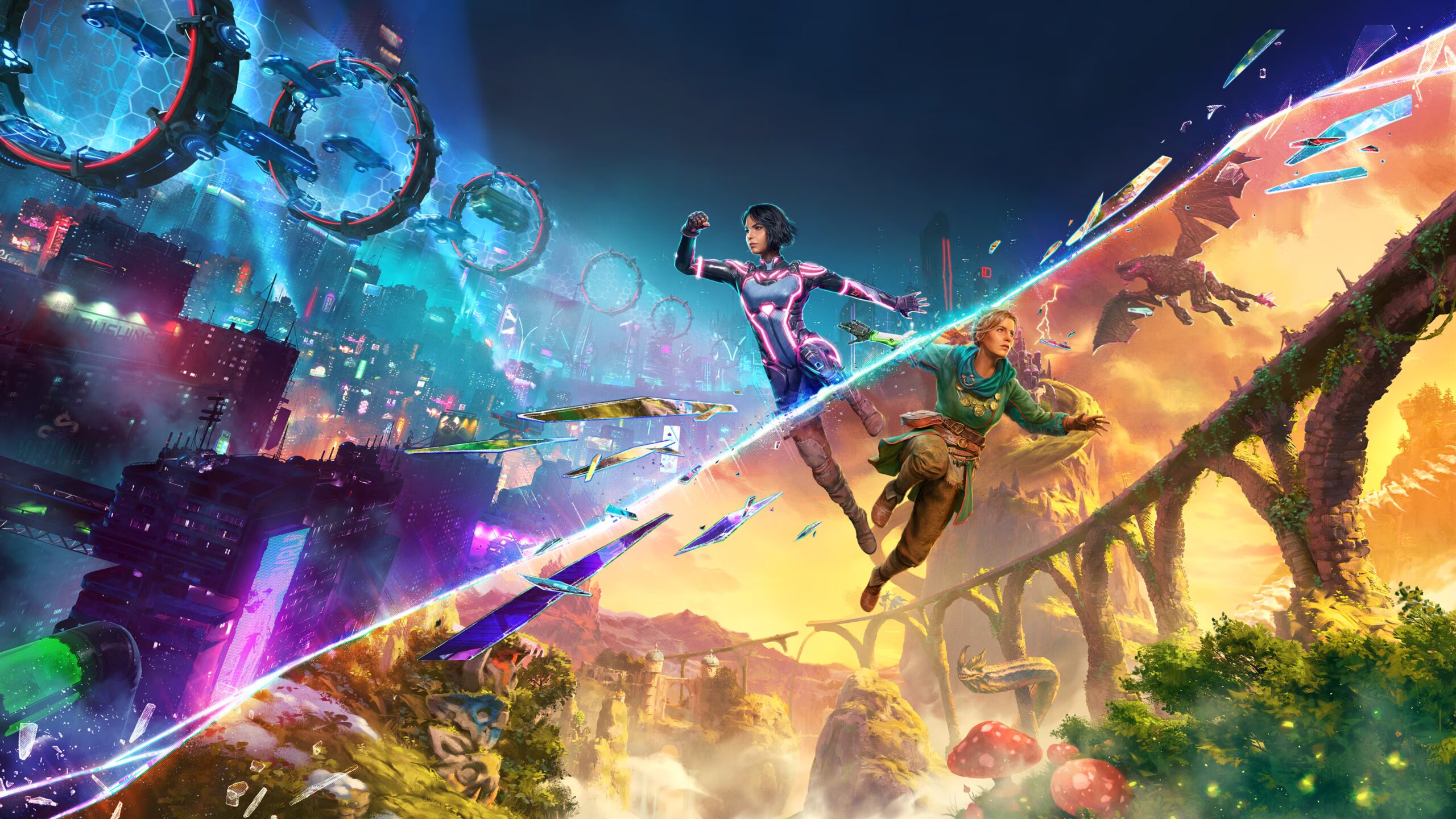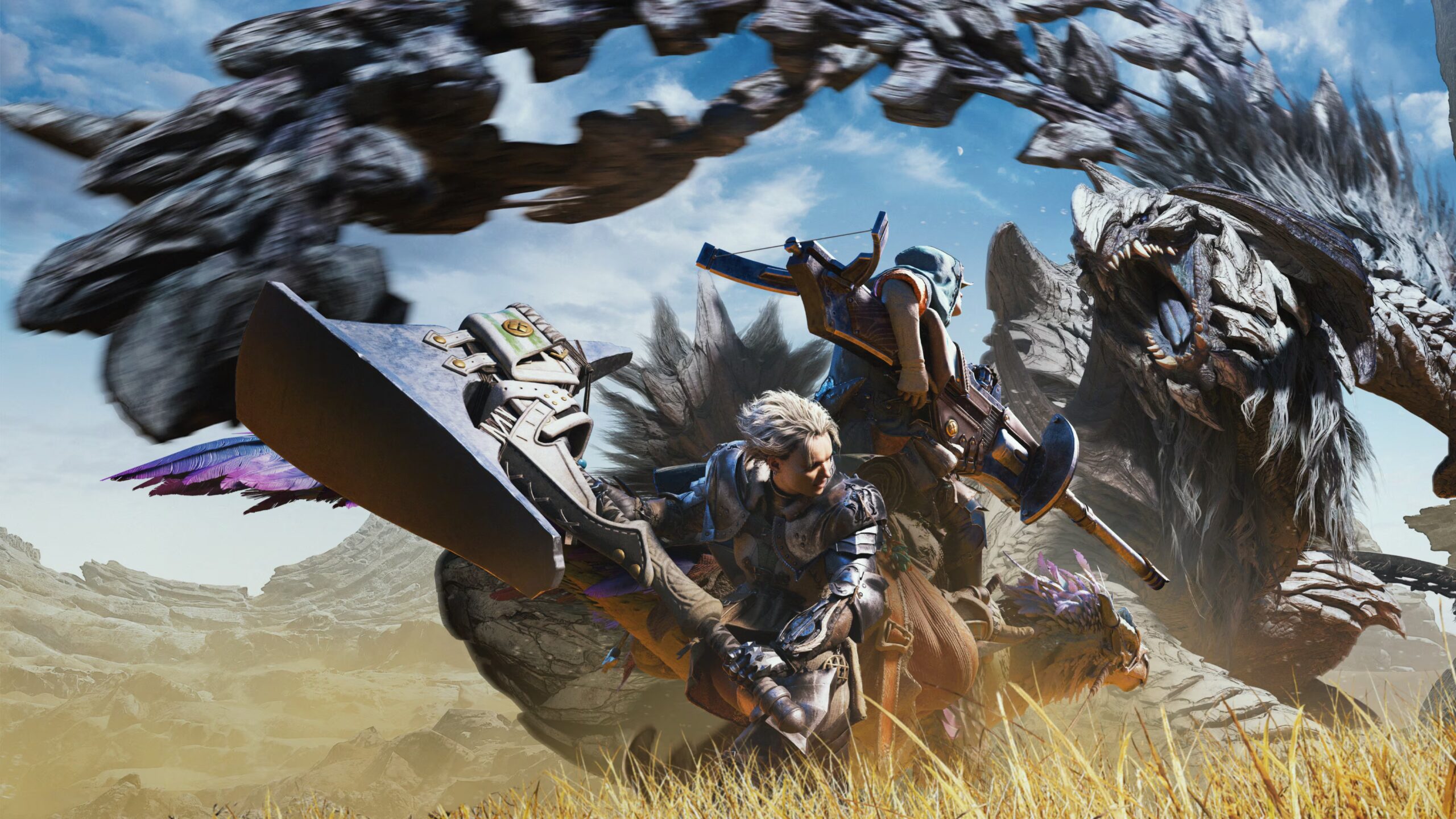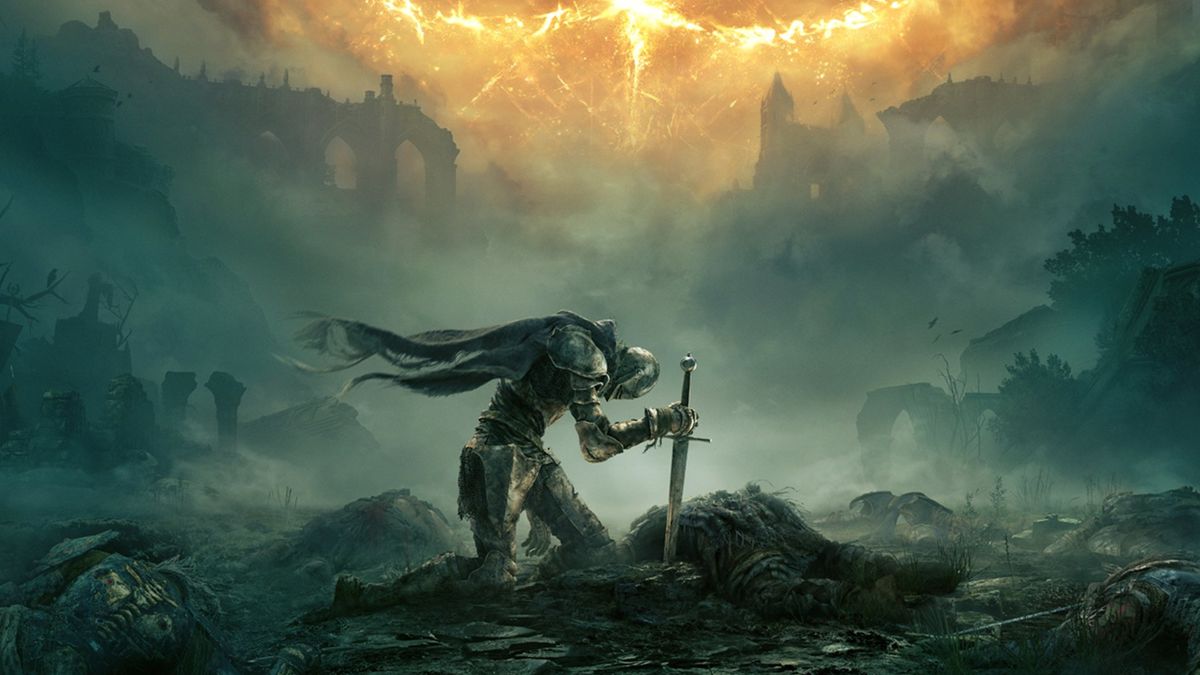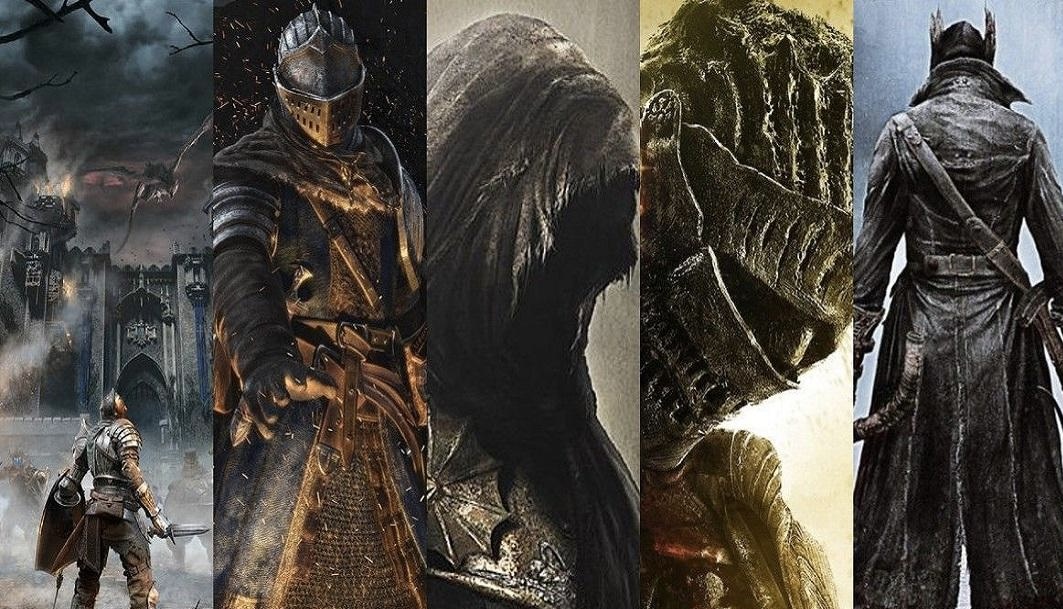Hazelight Studios has done it again. With Split Fiction, the studio—led by visionary director Josef Fares—proves once more that it is the undisputed king of cooperative storytelling. Following in the footsteps of It Takes Two, Split Fiction is a thrilling, wildly imaginative co-op experience that seamlessly blends narrative depth with some of the most inventive gameplay in recent memory. Whether you’re sitting on the couch with a friend or connecting online, this game delivers a one-of-a-kind adventure that celebrates creativity, teamwork, and the power of storytelling.
At the heart of Split Fiction are Mio and Zoe, two aspiring writers who couldn’t be more different. Mio is an introverted sci-fi writer, meticulous and logical, while Zoe is an outgoing fantasy author, driven by whimsy and emotion. Their paths collide when they arrive at Rader Industries to sign a publishing deal, only to uncover a sinister truth: the company’s revolutionary story simulation machine is designed to steal their ideas. When Mio accidentally falls into Zoe’s simulation, the duo must work together to break the system, reclaim their stories, and escape before their creativity is permanently hijacked.
What makes the story truly shine is its deep connection to the gameplay. Mio and Zoe’s journey isn’t just about stopping Rader Industries—it’s about learning to understand each other, blending their clashing creative styles, and finding harmony in their differences. Their growth as characters is mirrored in the levels they traverse, turning their personal struggles into a literal battleground of imagination. The writing is sharp, heartfelt, and full of humor, making every moment feel meaningful.
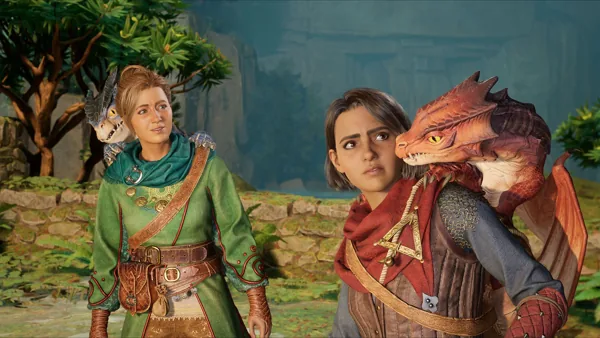
Hazelight has built a reputation for pushing the boundaries of co-op gameplay, and Split Fiction raises the bar yet again. Every level introduces fresh mechanics that encourage communication, coordination, and out-of-the-box thinking. Just when you think you’ve seen everything the game has to offer, it surprises you with something completely unexpected.
Mio and Zoe’s contrasting writing styles influence the worlds they explore. The sci-fi levels feel sleek and fast-paced, offering exhilarating twin-stick shooting sequences, gravity-defying platforming, and high-tech gadgetry. One standout level lets Mio wield a cyber-kinetic sword while scaling magnetic walls, while Zoe uses an energy lasso to fling obstacles (and enemies) out of the way. Meanwhile, the fantasy sections immerse players in lush, sprawling environments filled with mythical creatures, enchanted puzzles, and side-scrolling platforming sequences reminiscent of classic Metroidvania games.
The beauty of Split Fiction is how effortlessly it blends these two styles. One moment, you might be dodging laser turrets in a neon-lit cyber city, and the next, you’re soaring across the sky with a grappling hook, dodging dragons and collecting floating story fragments. It’s a constant dance between the logical and the fantastical, reflecting the evolving partnership between Mio and Zoe.
And then there are the Side Stories—optional, self-contained levels that delve into the childhood imaginations of our protagonists. These range from the delightfully absurd (playing as giant molars escaping a candy-coated nightmare) to the deeply introspective, offering glimpses into Mio and Zoe’s pasts and the personal experiences that shaped their creative voices. These side adventures add layers to the narrative while keeping the gameplay endlessly inventive.

Visually, Split Fiction is stunning. The contrast between the sci-fi and fantasy realms creates a feast for the eyes, with each world brimming with detail and personality. From sprawling futuristic cities to dreamlike forests dripping with magic, every location feels handcrafted, reinforcing the idea that these are worlds born from pure imagination. The game’s art direction leans into exaggeration in the best way, making every scene feel larger-than-life.
The soundtrack, too, is a highlight. Each world has its own distinct musical identity, seamlessly shifting between orchestral fantasy themes, electronic synth beats, and whimsical folk melodies. The voice acting is top-notch, with Mio and Zoe’s chemistry shining through every interaction, whether they’re bickering over storytelling techniques or learning to trust each other in the heat of battle.
More than anything, Split Fiction is a game that thrives on collaboration. Whether you’re playing via couch co-op or using the Split Fiction Friend’s Pass (which allows a friend to play online for free), the experience is designed for two players. Every puzzle, every level, and every challenge is built around the idea of working together.
Unlike many co-op games that allow one player to take the lead, Split Fiction ensures that both players are equally important. Mio and Zoe’s unique abilities mean that success depends on teamwork, not just individual skill. The game fosters a sense of connection that feels increasingly rare in modern gaming, making it a perfect experience to share with a friend, sibling, or significant other.
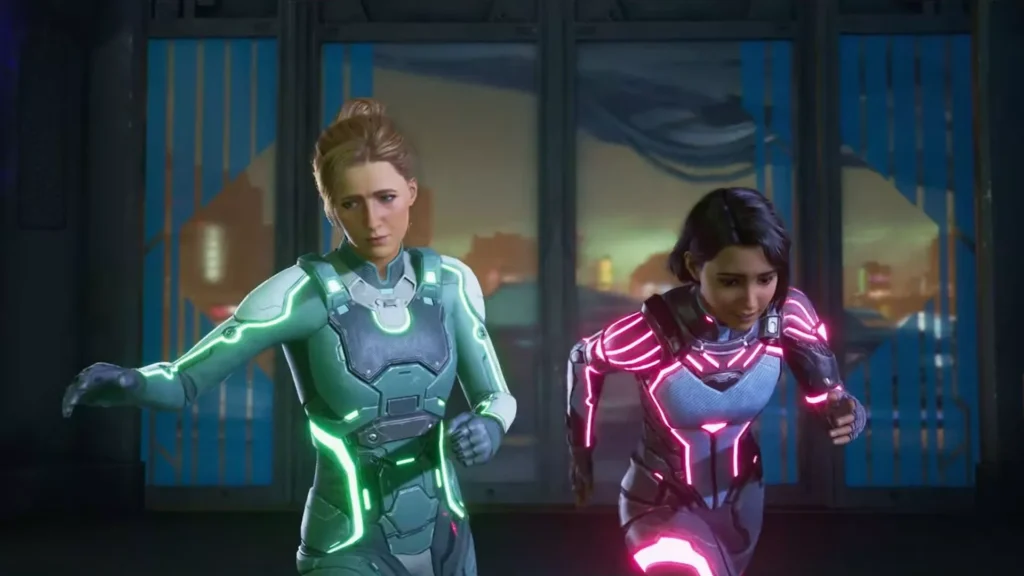
There has never been a game quite like Split Fiction, and it’s hard to imagine another one reaching the same creative heights anytime soon. Hazelight Studios has once again proven that co-op gaming isn’t just about fun—it’s about storytelling, emotion, and the joy of shared experiences.
With its deeply engaging narrative, endlessly inventive gameplay, and breathtaking visuals, Split Fictionisn’t just a game; it’s a love letter to creativity and collaboration. Whether you’re a longtime fan of It Takes Two or someone looking for a unique multiplayer adventure, this is a must-play.
Split Fiction launches on March 6th for PlayStation 5, Xbox Series X|S, and PC. A complimentary copy was provided for review, with this playthrough completed on PlayStation 5.

